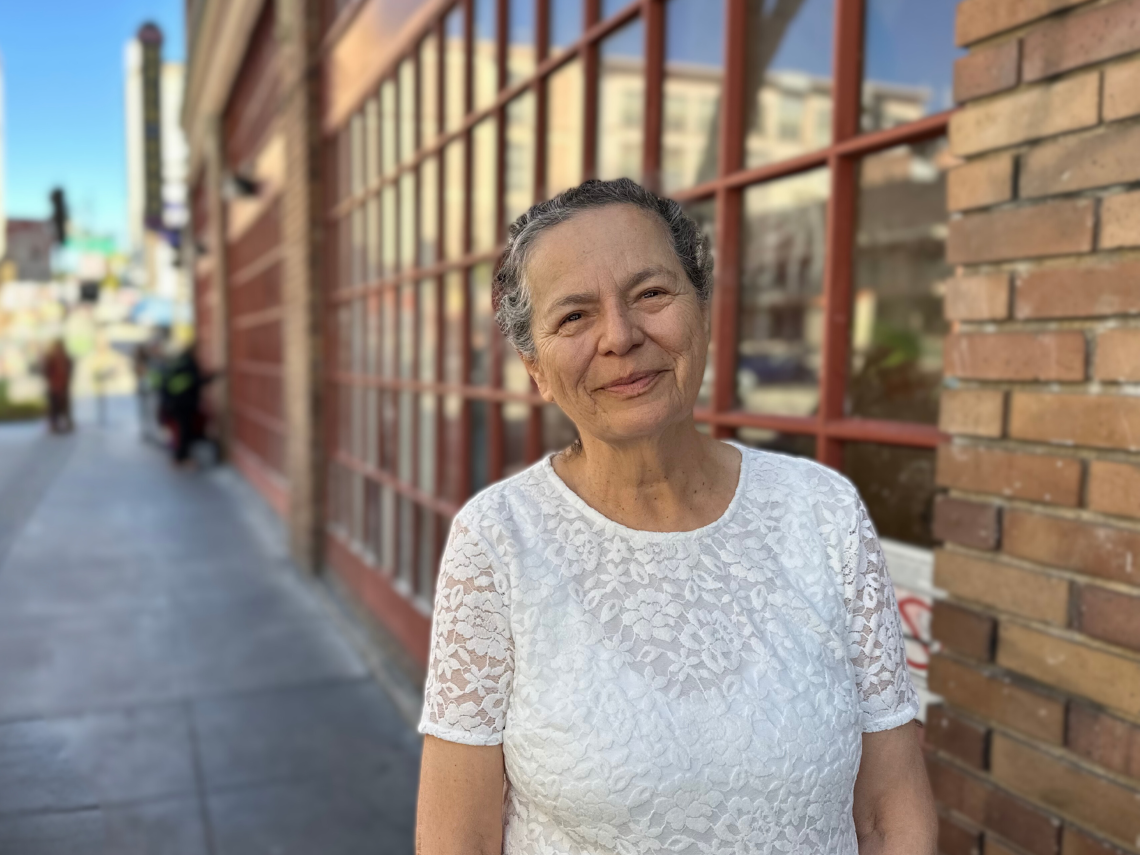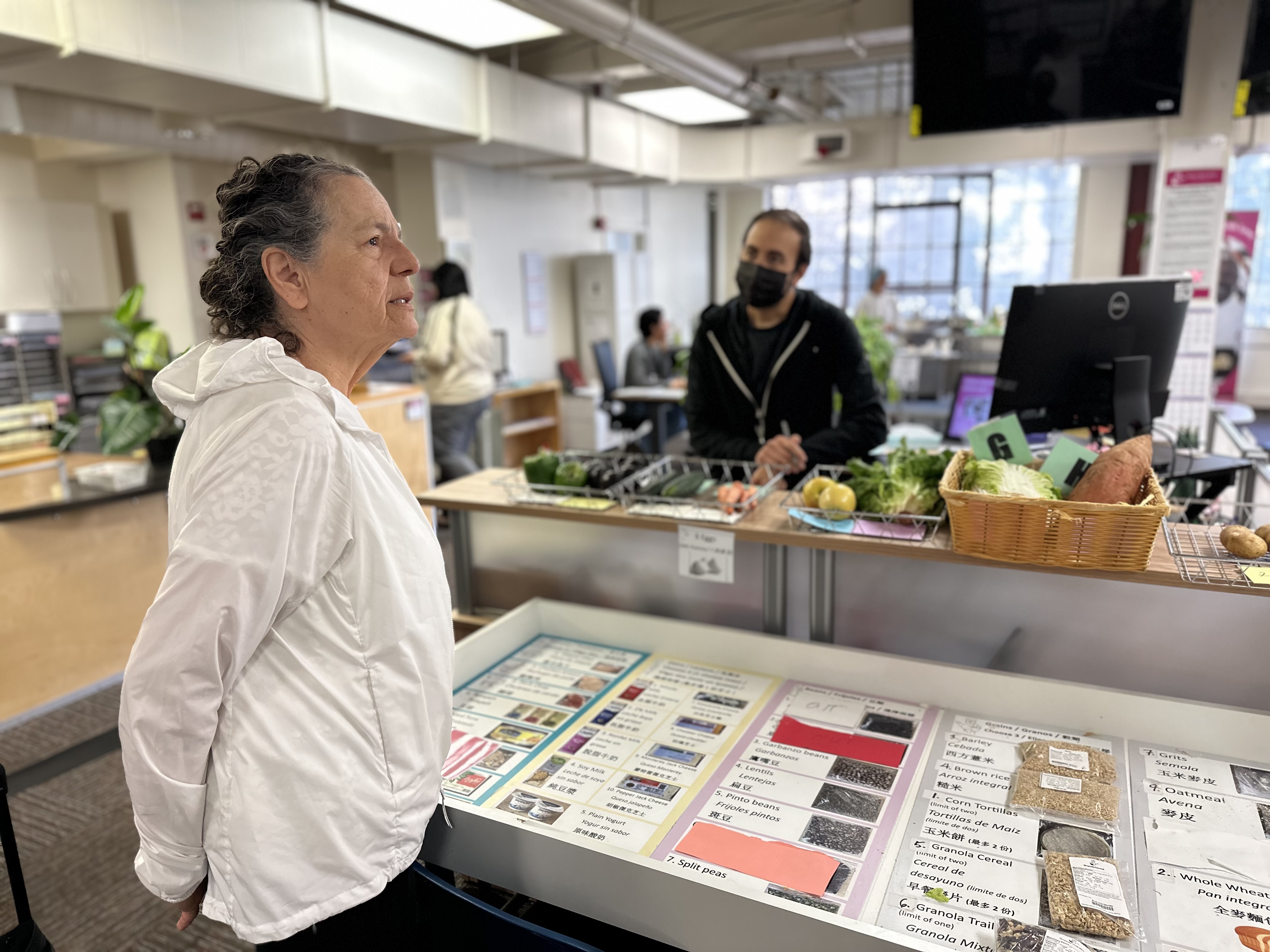
It’s incredible how food can change things.” – Rose
Last summer we started including a greater variety of fresh, local produce from across the Bay Area through different sources. We introduced nearly 30 new fruits, vegetables, and herbs in our groceries and meals.
Plant and vegetable-based meals support our clients’ health even better and allow us to provide culturally appropriate options.
But because of increased grocery costs these items are at risk of disappearing from our pantry. Donated produce alone will not be able to cover our clients’ needs. We must raise an additional $50,000 every month to keep up the same level of nutrition our clients are relying on for their health.
That’s more than $500,000 next year.
Critical, nutrient-rich produce, vegetables, and fruits make a significant difference for our clients—like Rose.
Rose, a former nurse of nearly twenty years, believes her diabetes started with a lack of familiarity with healthy foods and cooking.
“I had all the education, but my upbringing on sugar and carbs shaped how I lived,” she recalls.
At twenty-eight, Rose was working twelve-hour night shifts in an operating room at a busy trauma center, and relied on quick, calorie-dense meals so that she’d have the energy to support her two kids and still have enough time to go to their PTA meetings at school.
“I got what was cheap and quick, and that habit stuck,” says Rose. “I think that I thought I was immune to any of these diseases because of my medical background.”
Now, many years later, Rose says she realizes the impact eating like that had on her health. Today, Rose is living with diabetes, hypertension, high blood pressure, and high cholesterol in a small, one room apartment in San Francisco. She does not have space to store frozen meals, so she relies heavily on our produce.
She found Project Open Hand through a friend, who is a longtime client, after her doctor suggested she could benefit from a produce prescription program. Since then, cooking demonstrations and nutrition education have transformed her approach to food.

“I’m staying away from grapes, which I call ‘little sugar bombs,’ and choosing nectarines and plums from the Grocery Center instead, which are lower in sugar.”
But unless we take action right now, nectarines and plums are two of the fruits that may be going away. Other items like avocados, dark leafy greens, garlic, mushrooms, berries, and walnuts—key components of our grocery offerings—are also at risk.
“If not, we’ll be at the mercy of what gets donated,” says Chief Nutrition Officer, Katie Jackson. “For example, walnuts are vital for heart and brain health. Just 1.5 ounces daily provides healthy mono and poly unsaturated fats that can have significant cardiovascular benefits. Using fresh and dried herbs like basil, cilantro, and thyme, are a key strategy used to help clients prepare meals with less salt and improve heart health.
“Although we are grateful to our partners at the food bank for items they can provide,” continues Katie, “there are grocery items we need to provide clients, but are unable to do without funding.”
Since joining our program a year and a half ago, Rose has seen significant improvement in her health.
“My blood sugar and A1C levels have dropped, which is amazing,” she says.
“Project Open Hand has started me on this path of awareness about how I eat, and how that impacts me. I come here once a week and get to make healthy choices.”
